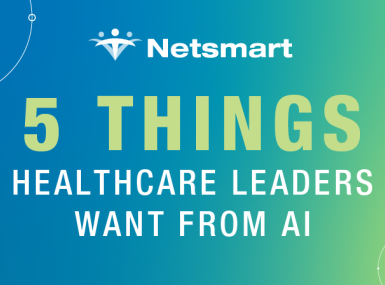Connected and Protected: The Importance of Regional Cyber Tabletop Exercises

Available On-Demand
This webinar is available on-demand. If you have issue accessing the recording, please email nacomeetings@naco.org.
Watch this interactive webinar on the importance of regional tabletop exercises in enhancing cybersecurity defenses for county governments. Learn how these exercises can help bridge connections between different local government agencies and departments, improve cybersecurity measures, and foster effective collaboration. Discover practical steps to initiate and conduct regional tabletop exercises, ensuring a coordinated and resilient response to potential cyber threats.
Key takeaways:
- Understand the concept and significance of regional tabletop exercises for county governments
- Recognize the benefits of including special districts, other counties, and government contractors in these exercises
- Gain insights from real-life examples of successful regional tabletop exercises
- Learn practical steps and best practices for planning and executing a regional tabletop exercise
Watch Recording
Speakers

Adam Frumkin

Sean Ware

Rex Johnson
Upcoming Events

Modern Networks, Smarter Budgets: A County Leader's Perspective
Join us for a fireside chat with Orleans County, NY, as they share how their team successfully transitioned from a traditional capital expense (CapEx) model to an operational expense (OpEx) model for network services.
When faced with rising maintenance costs and an expiring carrier contract, the county seized the opportunity to modernize its network and lock in predictable monthly costs. By bundling connectivity services with unified communications, they achieved immediate savings of over $124,000, eliminated recurring charges such as long-distance fees and third-party integration costs, and gained access to operational upgrades like call analytics and auto-attendants.
This shift not only strengthened financial planning through fixed monthly expenses but also freed up IT staff to focus on strategic initiatives.
Key takeaway: Rethinking your budget model can be just as impactful as upgrading your technology — delivering fiscal stability and enhanced services for your community.
Featured Resource
County Tech Xchange
The NACo County Tech Xchange is an online portal designed to connect county CIOs, IT Directors, CISOs, and other county IT leadership. This portal provides valuable resources in a central location that counties can use to improve their overall technology infrastructure.

Related News

House committee passes local broadband permitting preemption bills
The American Broadband Deployment Act of 2025 would enact new restrictions on a variety of state and local land use and zoning authorities pertaining to the deployment of telecommunications infrastructure.

White House signs Executive Order on state AI lawmaking
President Trump signed an Executive Order (EO) aimed at mobilizing federal agencies to challenge existing state laws on artificial intelligence.
